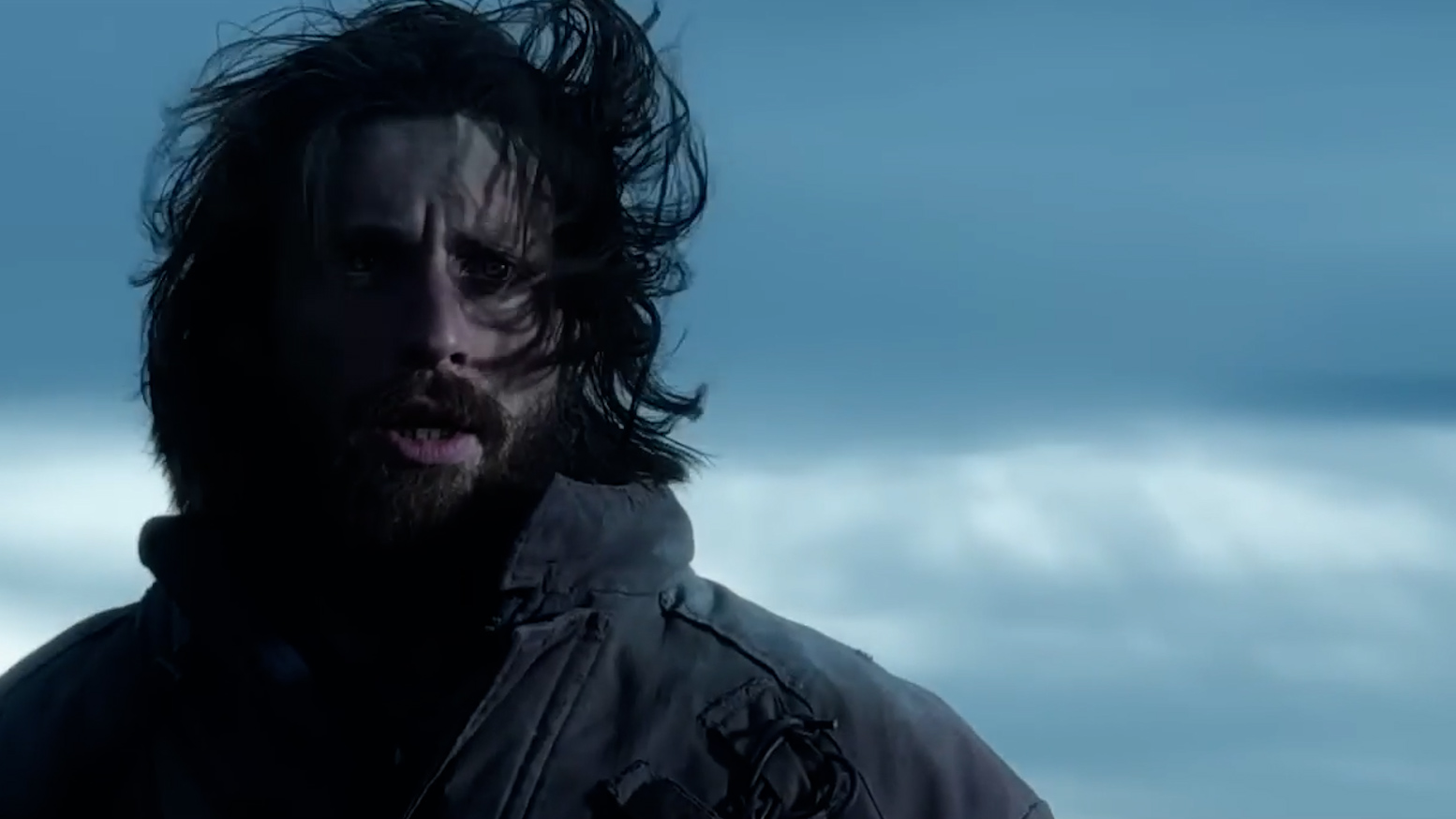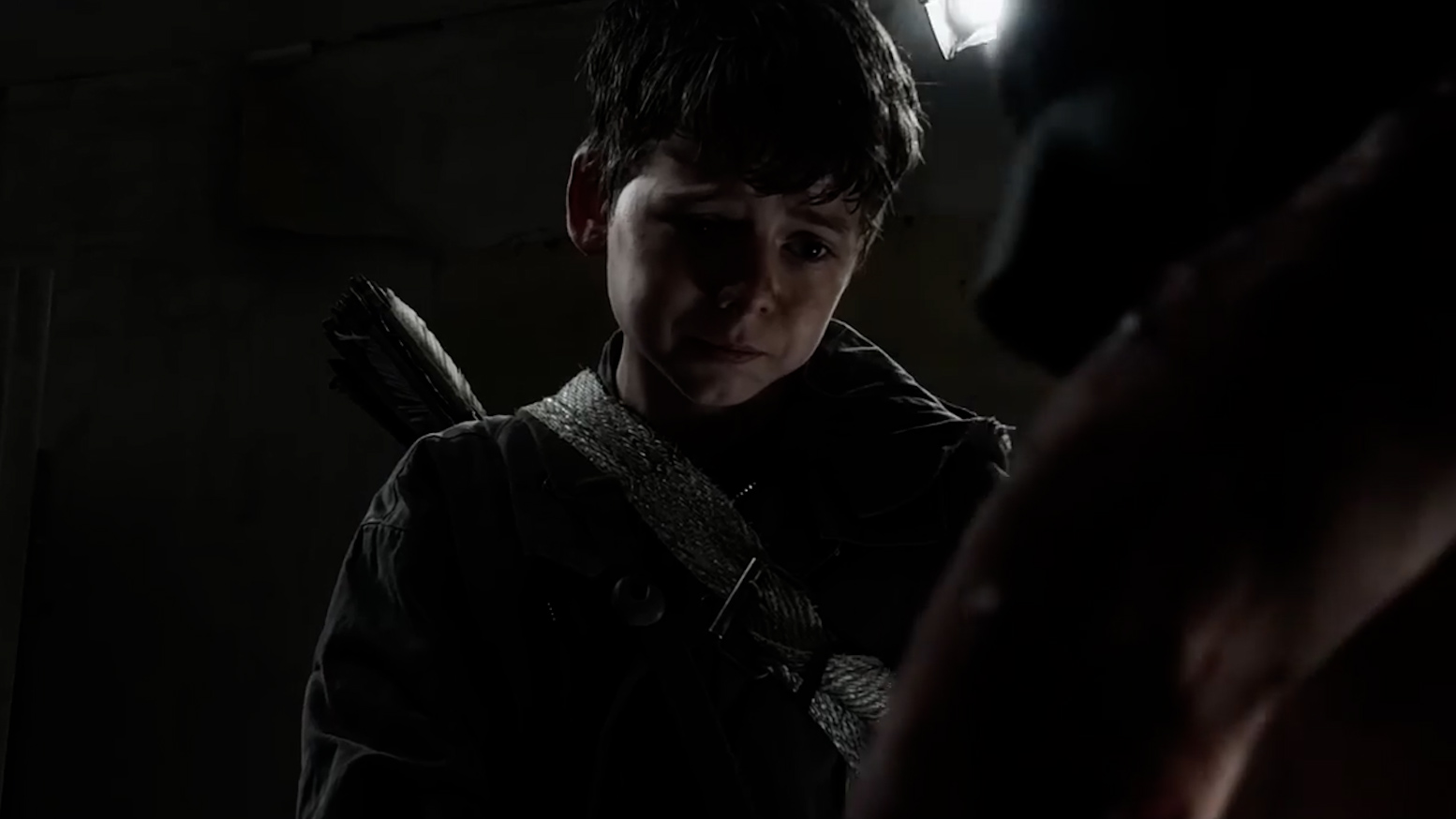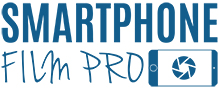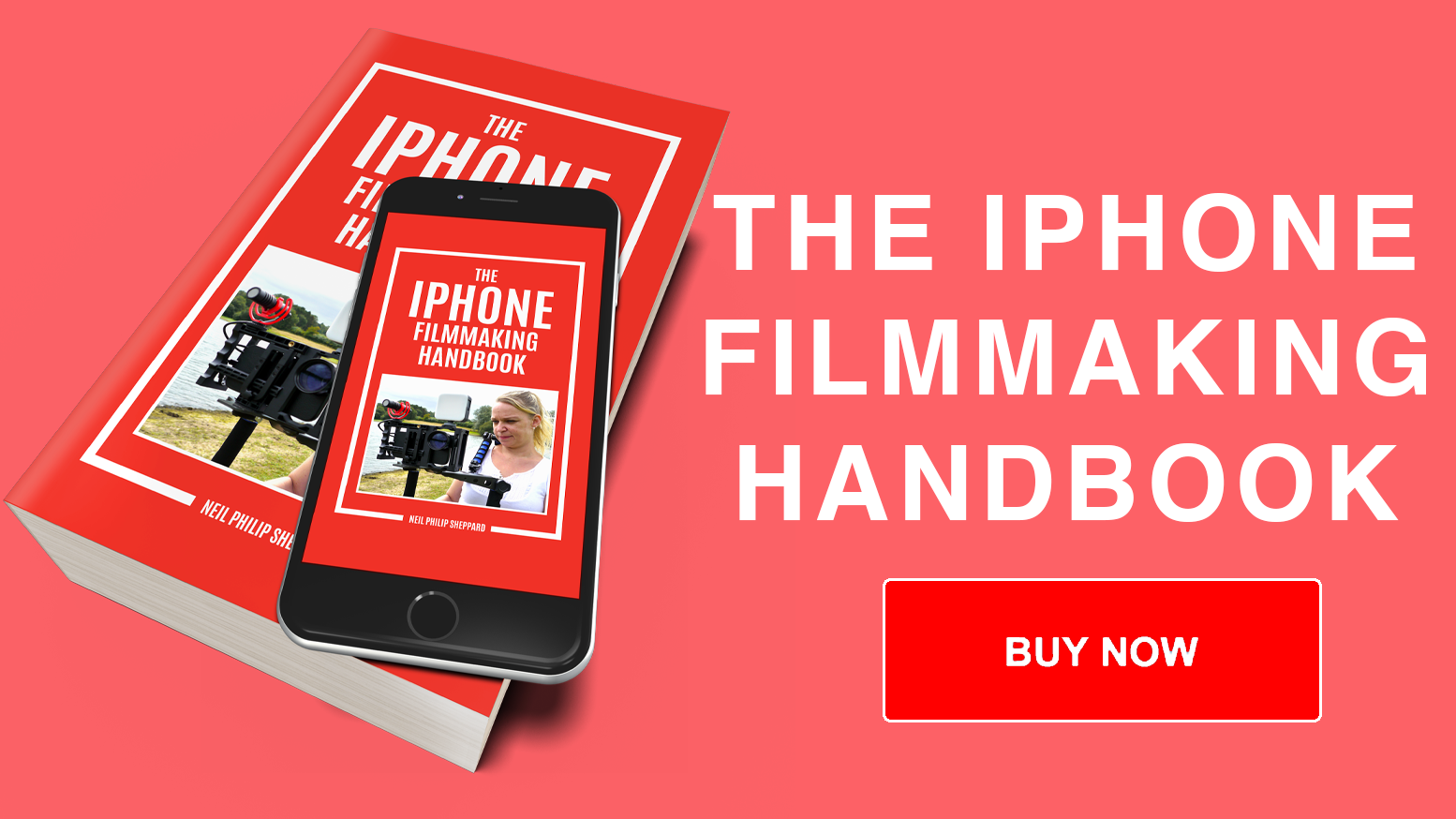Why was 28 Years Later Shot on an iPhone?
The release of 28 Years Later, the latest installment in Danny Boyle’s acclaimed zombie apocalypse franchise, has sparked heated discussions across the Internet—not just about its storyline, but about its groundbreaking production choices. While the movie boasts a hefty $75 million budget, it was shot entirely on the iPhone 15 Pro Max. For many, this raises a burning question: with such a substantial budget, why would a seasoned director like Danny Boyle opt for a smartphone to capture his vision?
A History of Bold Cinematic Choices
Danny Boyle is no stranger to taking risks. Back in 2002, 28 Days Later defied conventional filmmaking norms by being shot on a Canon XL1 DV camera. At the time, this was seen as an unconventional choice for a theatrical release, as digital video was not yet mainstream for high-budget films. However, this decision gave the movie its raw, unpolished aesthetic, which aligned perfectly with the story’s chaotic and apocalyptic tone.

Boyle’s use of the iPhone for 28 Years Later feels like an intentional nod to this creative tradition. By choosing a smartphone, he’s making a deliberate statement: the medium matters less than the vision. This ethos aligns with the core message of his filmmaking—immersive storytelling that doesn’t rely on traditional methods to captivate audiences.
The Technical Capabilities of the iPhone 15 Pro Max
One of the most striking aspects of the iPhone 15 Pro Max is its formidable video capabilities. It can record in Apple ProRes at 4K resolution with up to 60 frames per second. This allows filmmakers to capture cinema-quality footage with remarkable clarity and detail.
In addition to the ProRes functionality, the iPhone 15 supports recording in Log format, providing filmmakers with maximum flexibility in post-production. Log footage retains extensive detail in highlights and shadows, which is crucial for color grading and achieving a professional cinematic look.

However, one of the challenges with smartphone cameras is their fixed, built-in lenses, which lack the depth and flexibility of traditional cinema lenses. To overcome this, Boyle’s team utilised Beast cages—rigs that allow professional-grade lenses to be mounted onto the iPhone. This setup enabled:
- Precise Focus Control: Traditional cinema lenses allow for smooth and accurate focus pulling, a vital tool for achieving professional depth-of-field effects.
- Diverse Fields of View: Attaching different lenses gave the filmmakers a variety of perspectives, from ultra-wide shots of desolate cityscapes to intimate close-ups of terror-stricken faces.
- Enhanced Aesthetics: The use of these lenses elevated the look of the film, ensuring it matched the high standards of Hollywood productions despite being shot on a smartphone.

Stylistic Choices: The Grit and Intimacy of the iPhone
Boyle’s choice wasn’t purely technical—it was also deeply artistic. Shooting on an iPhone creates a unique visual aesthetic that larger, traditional cinema cameras often cannot replicate. Smartphones have a slightly raw, immediate quality to their footage, which feels intimate and visceral. This aligns perfectly with the tone of the 28 Days Later franchise, known for its grounded and gritty style. By using an iPhone, Boyle brings the audience closer to the action, making the horrors of his world feel unsettlingly familiar.

Moreover, this decision reflects the democratisation of filmmaking. If an award-winning director can use an iPhone to create a blockbuster, it sends a powerful message: great storytelling doesn’t require an expensive camera, just a bold vision and the willingness to innovate.
Why Not a Traditional Camera?
With a $75 million budget, one might assume the production team would default to high-end cinema cameras like the Arri Alexa or Sony Venice. These cameras offer impeccable image quality, dynamic range, and flexibility in post-production. So why not use them?
- Aesthetic Consistency: The 28 Days Later series has always embraced a gritty, unpolished look. The iPhone’s slight imperfections—its lower dynamic range and digital sharpness—serve as an evolution of the lo-fi aesthetic from the original film.
- Portability and Versatility: Shooting with an iPhone allowed the crew to move quickly and capture shots in tight or unconventional spaces. In the chaos of an apocalyptic setting, this level of flexibility can create a more immersive experience.
- Creative Experimentation: Boyle has always been a director who pushes boundaries. Opting for a smartphone allowed him to explore new creative possibilities and challenge the traditional norms of filmmaking.
What This Means for the Future of Filmmaking
Danny Boyle’s decision to shoot 28 Years Later on an iPhone is not just a stylistic choice—it’s a bold statement about the future of cinema. As smartphone cameras continue to improve, they are closing the gap between consumer-grade devices and professional tools. This democratization of technology has opened doors for aspiring filmmakers who may not have access to expensive equipment but have stories to tell.

Boyle’s move will likely inspire a new generation of creators to experiment with their smartphones, proving that innovation and creativity are far more important than the tools themselves.
Challenges of Smartphone Filmmaking
Of course, shooting on a smartphone is not without its challenges. Even with the advancements of the iPhone 15, there are limitations to consider:
- Battery Life: Shooting long takes or extensive days can drain smartphone batteries quickly, requiring frequent recharges or external battery packs.
- Overheating: Recording in high resolutions like 4K ProRes can cause the device to overheat, potentially disrupting production schedules.
- Dynamic Range: While impressive for a smartphone, the iPhone’s dynamic range doesn’t quite match that of traditional cinema cameras, which might require careful lighting setups or post-production adjustments.
However, the creative and logistical benefits often outweigh these drawbacks, especially when paired with innovative accessories like Beast cages.

Inspiring the Next Wave of Creators
The idea of shooting a blockbuster film on a smartphone might have seemed absurd a decade ago, but Boyle’s decision for 28 Years Later proves otherwise. It’s a powerful reminder that the tools available to filmmakers today are more accessible than ever.
Aspiring directors and cinematographers can take this as a call to action. You don’t need a million-dollar budget or top-tier gear to tell a compelling story. All you need is a vision, a smartphone, and the willingness to push boundaries.

Conclusion: A Cinematic Revolution
Danny Boyle’s decision to shoot 28 Years Later on an iPhone isn’t just a gimmick—it’s a creative and thematic choice that underscores the power of innovation in storytelling. With the iPhone 15 Pro Max, the production team was able to capture a raw, immersive aesthetic that aligns perfectly with the franchise’s gritty tone.
More importantly, this bold move challenges the perception of what filmmaking should look like in 2024. It’s a reminder that the best camera is the one that enables you to bring your story to life, whether it’s a million-dollar cinema rig or the device in your pocket.
As the movie hits theaters, one thing is certain: 28 Years Later is not just another zombie flick—it’s a glimpse into the future of cinema itself.
Other Popular posts like this:
Is the Hollyland Lark M2 the best smartphone wireless microphone?
The Lexar 2TB Professional Go Portable SSD: The Perfect Solution for Mobile Filmmakers?
Beastgrip Фoton Adapter: Bringing Cinematic Quality to iPhone Filmmaking


